A guided sharpening system is a tool designed to help users achieve precise and consistent knife sharpening results. These systems use predefined angles and mechanisms to simplify the sharpening process, making it accessible for both professionals and home users. By ensuring accuracy and efficiency, guided systems have become a popular choice for maintaining sharp edges on knives and other cutting tools.
History and Evolution of Sharpening Technology
The history of sharpening technology dates back to ancient times, with early humans using stones like flint and sandstone to sharpen tools. The development of metallurgy in ancient civilizations, such as Egypt and Mesopotamia, led to the creation of sharper tools, necessitating more refined sharpening methods. In Japan, the art of sharpening evolved significantly with the introduction of water stones, which became a cornerstone of sharpening techniques for centuries.
The Middle Ages saw the rise of steel, which required more precise sharpening tools. By the 19th century, the first mechanical sharpening devices emerged, offering a more controlled approach. The 20th century brought significant advancements, including the invention of synthetic abrasives and diamond stones, which improved efficiency and consistency. Modern guided sharpening systems represent the culmination of these advancements, combining precision engineering with user-friendly designs.
Today, guided sharpening systems incorporate advanced materials and adjustable features, allowing for customizable sharpening experiences. This evolution reflects humanity’s continuous pursuit of sharper, more durable tools, driven by technological innovation and the demand for precision. Each era has built upon the last, paving the way for the sophisticated sharpening solutions we see today.
What Exactly is a Guided Sharpening System?
A guided sharpening system is a specialized tool designed to help users sharpen knives and other blades with precision and consistency. Unlike traditional sharpening methods, which rely heavily on skill and experience, guided systems provide a structured approach to achieving a razor-sharp edge. These systems typically include a frame or mechanism that holds the knife at a specific angle, along with a sharpening medium, such as a diamond stone, ceramic stone, or steel.
The key feature of a guided system is its ability to maintain the correct sharpening angle throughout the process. This eliminates the guesswork often associated with freehand sharpening, making it easier for beginners to achieve professional results. Many systems also allow for adjustable angles, enabling users to customize the sharpness to suit different types of knives and cutting tasks.
Guided sharpening systems are versatile, accommodating a wide range of knife styles, from straight-edge kitchen knives to serrated blades and outdoor tools. Their portability and ease of use make them a popular choice for both home enthusiasts and professionals seeking consistent, high-quality results. By simplifying the sharpening process, these systems have become an essential tool for anyone looking to maintain their blades efficiently.

Key Features of a Guided Sharpening System
A guided sharpening system is characterized by several key features that set it apart from traditional sharpening methods. One of the most prominent features is its ability to maintain precise control over the sharpening angle, ensuring consistent results. Many systems include adjustable angle settings, allowing users to customize the sharpening process for different types of knives or cutting tools.
Another essential feature is the use of a guided mechanism, such as a frame or rail, which helps stabilize the knife during sharpening. This eliminates the need for freehand sharpening and reduces the risk of uneven edges. Additionally, most systems come with interchangeable sharpening media, such as diamond stones, ceramic hones, or steel, which cater to various sharpening needs and edge types.
Portability and ease of use are also key features, making these systems ideal for both home and professional settings. Some models include additional features like built-in sharpening stages, allowing users to progress from coarse grinding to fine polishing in a single system. These features collectively ensure that guided sharpening systems deliver precision, versatility, and convenience for maintaining sharp edges.
How Does a Guided Sharpening System Work?
A guided sharpening system operates by using a predefined structure or mechanism to guide the knife or tool being sharpened. This ensures that the sharpening process is precise and consistent. The system typically includes a frame or rail that holds the knife at a fixed angle, eliminating the need for freehand sharpening. Users simply draw the knife across the sharpening medium, such as a stone or steel, while the guide maintains the correct angle.
The process begins by setting the desired sharpening angle, which is often adjustable depending on the type of knife or edge being sharpened. Once set, the knife is securely placed in the guide, and the user moves it back and forth across the sharpening surface. This motion hones the edge evenly, removing metal and creating a sharp, polished finish. The guided mechanism ensures that the angle remains consistent throughout the process, reducing the risk of uneven edges or over-sharpening.
By leveraging this precise control, guided sharpening systems simplify the sharpening process, making it accessible to both beginners and experienced users. The system’s design ensures that the final result is a sharp, durable edge tailored to the specific needs of the knife or tool.
Benefits of Using a Guided Sharpening System
Using a guided sharpening system offers numerous advantages that make the sharpening process more efficient and effective. One of the primary benefits is the ability to achieve consistent results every time. The guided mechanism ensures that the knife is held at the correct angle, eliminating the risk of human error and producing a sharp, even edge.
Another significant advantage is the speed and precision it provides. Guided systems allow users to sharpen knives faster than traditional methods, making them ideal for both professionals and home users. Additionally, these systems are user-friendly, requiring minimal skill or experience to operate effectively.
The durability of the sharpened edge is also enhanced due to the precise control over the sharpening angle. This results in a longer-lasting edge that performs better in various tasks. Furthermore, guided sharpening systems are versatile and can be used on a wide range of knives and tools, making them a valuable addition to any toolkit;
Overall, the benefits of a guided sharpening system include consistency, speed, ease of use, and improved edge durability, making it a practical and efficient choice for sharpening needs.
Factors to Consider When Choosing a Guided Sharpening System
When selecting a guided sharpening system, there are several factors to consider to ensure you find the right tool for your needs. First, think about the type of knives or tools you will be sharpening most frequently, as different systems are designed for specific blades, such as straight-edge, serrated, or specialty knives.
Precision and adjustability are key features to evaluate. Look for a system that allows you to customize sharpening angles and apply the right amount of pressure. The durability and quality of the sharpening stones or abrasives are also important, as they directly impact the sharpness and longevity of the edge.
Consider the ease of use and setup, especially if you are new to sharpening. A system with clear instructions and intuitive controls will make the learning process smoother. Additionally, portability and storage options may matter if you plan to use the system in different locations.
Lastly, evaluate the cost and value for money. Compare features, brand reputation, and customer reviews to ensure you are getting a system that meets your sharpening needs within your budget.
By carefully assessing these factors, you can choose a guided sharpening system that delivers consistent results and enhances your sharpening experience.
Popular Models of Guided Sharpening Systems
Several guided sharpening systems have gained popularity among knife enthusiasts and professionals due to their performance and reliability. One of the most well-known models is the Edge Pro Apex, praised for its precision and versatility in handling various knife types. Another top choice is the Work Sharp Precision Adjust Elite, which offers advanced features like adjustable sharpening angles and a robust construction.
The Wicked Edge GO is another highly regarded system, known for its ease of use and durability, making it a favorite among both beginners and experienced sharpeners. Additionally, the Shun DM0706 Classic Whetstone is a popular option for those who prefer a more traditional approach combined with modern guidance.
These models are widely recognized for their ability to deliver consistent results and are often recommended by experts in the field. Each system has its unique features, catering to different sharpening needs and preferences.
By exploring these popular models, users can find a guided sharpening system that aligns with their specific requirements and skill levels.
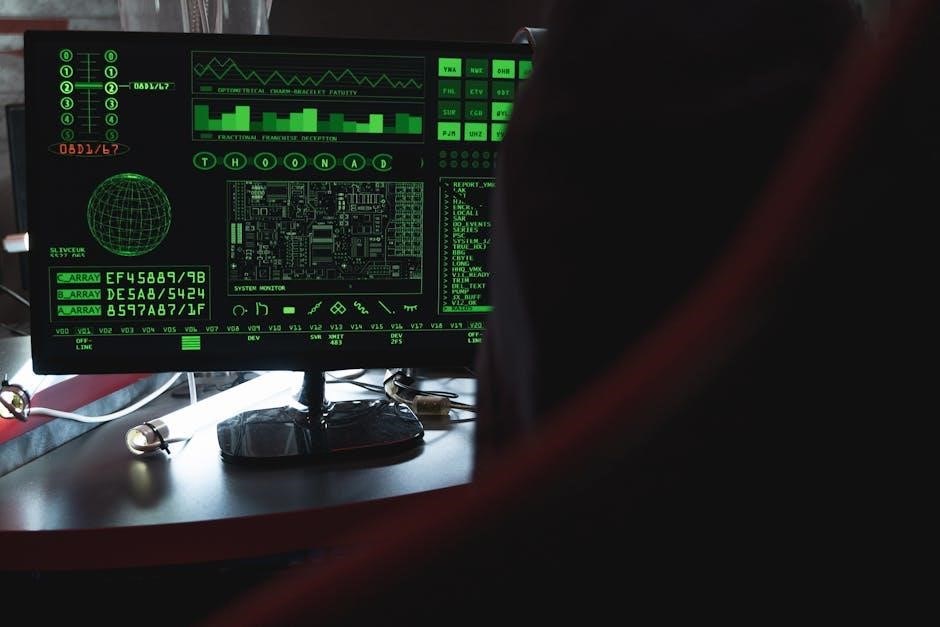
Edge Pro Apex: An In-Depth Look
The Edge Pro Apex is a premium guided sharpening system renowned for its precision and versatility. Designed for both professionals and enthusiasts, it offers unparalleled control over the sharpening process. One of its standout features is its adjustable angle system, allowing users to customize sharpening angles for different types of knives, from straight-edge to serrated blades.
The system includes a robust base, a rotating sharpening arm, and interchangeable sharpening stones. The stones are available in various grits, enabling users to achieve the perfect edge, whether they’re sharpening a high-carbon steel knife or a ceramic blade. The Edge Pro Apex also features a built-in guide that ensures consistent blade alignment, making it easy to achieve professional-level results.
What sets the Edge Pro Apex apart is its ease of use. The system is relatively compact and portable, making it ideal for both home and professional use. Maintenance is straightforward, with the ability to clean and replace stones as needed. The Edge Pro Apex is a testament to innovative design, offering a balance of functionality and durability that makes it a top choice for sharpening enthusiasts.
Its versatility and precision have solidified its reputation as one of the best guided sharpening systems on the market.

Work Sharp Precision Adjust Elite: Features and Functionality
The Work Sharp Precision Adjust Elite is a high-end guided sharpening system designed for enthusiasts and professionals seeking precision and control. It features an adjustable sharpening angle guide, allowing users to customize the angle for different knife types, from hunting knives to chef’s knives. The system includes interchangeable sharpening stones in various grits, enabling users to progress from coarse grinding to fine polishing.
One of its standout features is its adjustable sharpening speed, which helps maintain consistent pressure and prevents overheating of the blade. The compact, portable design makes it ideal for use in workshops, kitchens, or on the go. The Precision Adjust Elite also includes a built-in guide that ensures accurate blade alignment, reducing the risk of uneven edges.
The system is known for its durability and ease of maintenance, with replaceable sharpening stones and a sturdy construction. Its versatility and precision make it a favorite among knife enthusiasts, offering a reliable way to achieve razor-sharp edges with minimal effort.
Overall, the Work Sharp Precision Adjust Elite is a powerful tool for anyone serious about knife sharpening.

Maintenance and Care Tips for Your Guided Sharpening System
Proper maintenance and care are essential to ensure the longevity and performance of your guided sharpening system. Regularly clean the system to remove metal particles and debris, using a soft brush or cloth. This prevents clogging and maintains the sharpener’s accuracy.
Inspect the sharpening stones or abrasives for wear and tear. Replace them as needed, as dull or damaged stones can reduce sharpening effectiveness. Store the system in a dry, cool place to prevent rust or corrosion. Avoid exposing it to extreme temperatures or humidity.
For systems with moving parts, apply a small amount of lubricant to keep them functioning smoothly. Always follow the manufacturer’s recommendations for lubrication to avoid damaging the components. Additionally, avoid using excessive pressure, as this can strain the guided mechanism.
After each use, wipe down the system with a clean, dry cloth to remove any residual metal shavings. For more thorough cleaning, some systems allow disassembly; refer to the user manual for guidance. Regular maintenance ensures consistent results and extends the lifespan of your guided sharpening system.
By following these care tips, you can maintain the precision and efficiency of your sharpener, ensuring optimal performance for years to come.
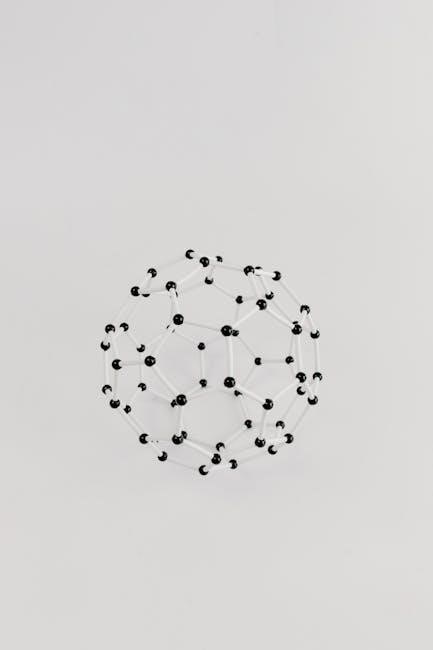
Safety Precautions When Using a Sharpening System
When using a guided sharpening system, it is crucial to follow safety precautions to avoid injuries and ensure safe operation. Always wear protective gear, such as gloves and safety goggles, to protect yourself from flying metal particles or accidental cuts. Ensure the workspace is stable and free from clutter to prevent the system from shifting during use.
Keep children and pets away while sharpening, as the sharp edges and moving parts can pose a hazard. Avoid wearing loose clothing that could get caught in the system. Maintain a firm grip on the knife or tool being sharpened, and never touch the sharp edge immediately after sharpening.
Be mindful of your surroundings and avoid distractions while operating the system. Keep the sharpening area well-lit to maintain clear visibility. Follow the manufacturer’s instructions for proper usage and avoid applying excessive pressure, which could lead to accidents or damage to the system.
By adhering to these safety guidelines, you can safely and effectively use your guided sharpening system while minimizing risks. Always prioritize caution to protect yourself and others nearby.
Comparing Guided Sharpening Systems with Traditional Methods
Guided sharpening systems and traditional sharpening methods each have their own strengths and weaknesses, making them suitable for different users and scenarios. Traditional methods, such as using whetstones or sharpening steels, require significant skill and practice to achieve consistent results. They rely heavily on the user’s ability to maintain the correct angle and technique, which can be challenging for beginners.
In contrast, guided sharpening systems simplify the process by incorporating features like angle guides and pre-set mechanisms, ensuring precision and consistency. These systems are more user-friendly and reduce the learning curve, making them ideal for both novices and professionals. However, they may lack the portability and cost-effectiveness of traditional methods, which often require minimal equipment and maintenance.
Traditional methods offer more versatility, allowing for customization of sharpening angles and techniques, while guided systems streamline the process at the cost of some flexibility. Ultimately, the choice between the two depends on the user’s skill level, desired outcomes, and preference for convenience versus customization.
Tips for Effective and Consistent Sharpening Results
To achieve consistent and effective sharpening results with a guided sharpening system, follow these proven tips:
- Start with the correct angle: Most guided systems allow you to set a specific angle. Research the recommended angle for your knife type and stick to it for optimal results.
- Use light, consistent pressure: Applying too much pressure can damage the edge or overheat the tool. Light, even strokes ensure a smooth sharpening process.
- Choose the right abrasive: Select the appropriate sharpening stone or abrasive for your knife’s material. Coarser abrasives are for repairing damaged edges, while finer ones are for polishing.
- Sharpen in small increments: Check the edge frequently to avoid over-sharpening. This prevents waste and maintains the knife’s longevity.
- Maintain the system: Clean and align the guides regularly to ensure accuracy. A well-maintained system performs consistently.
- Test the edge: After sharpening, use a simple test (e.g., slicing paper or a tomato) to confirm the edge’s sharpness.
- Practice makes perfect: Even with a guided system, refining your technique over time will yield better results.
By adhering to these tips, you can maximize the efficiency of your guided sharpening system and achieve professional-grade results every time.
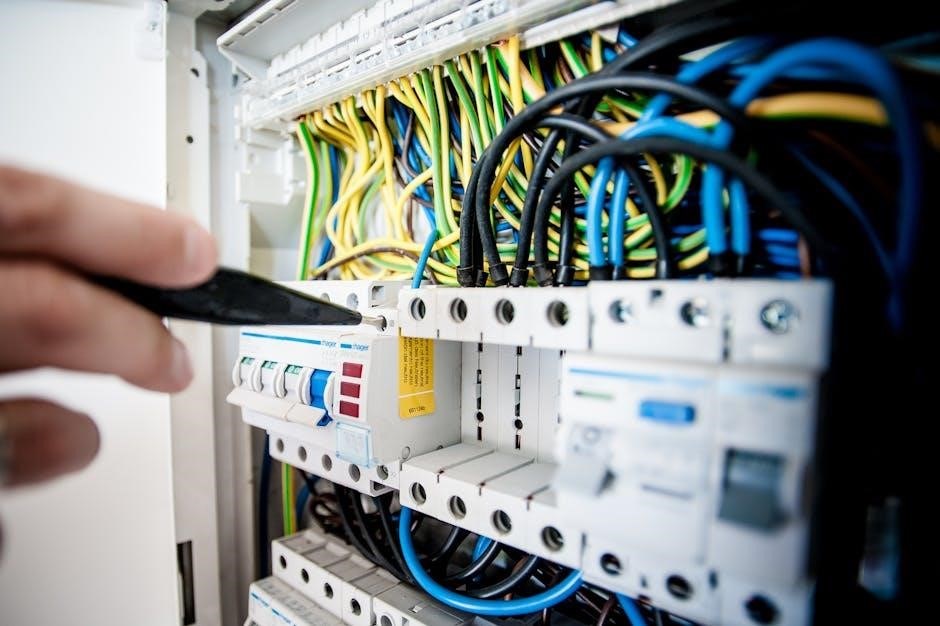
Common Mistakes to Avoid When Using a Guided System
When using a guided sharpening system, avoiding common mistakes ensures optimal performance and longevity of both the tool and your knives.
- Applying too much pressure: Excessive force can warp the blade or damage the sharpening elements. Use light, controlled strokes for better results.
- Ignoring the recommended angle: Guided systems are designed for specific angles. Deviating from these can lead to uneven edges or reduced sharpness.
- Using the wrong abrasive: Selecting the incorrect sharpening stone or abrasive for your knife’s material can scratch or dull the edge unnecessarily.
- Over-sharpening: Stop once the edge is sharp. Excessive sharpening wastes material and may weaken the blade.
- Neglecting maintenance: Failing to clean or align the system regularly can lead to inconsistent results and reduced accuracy over time.
- Not checking the edge: Always inspect the blade after sharpening to ensure desired sharpness and adjust as needed.
Avoiding these common pitfalls will help you get the most out of your guided sharpening system and maintain your knives effectively.
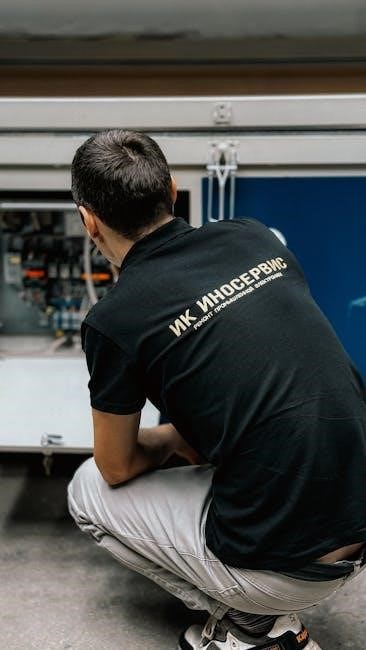
Accessories and Attachments for Enhanced Sharpening
When using a guided sharpening system, the right accessories and attachments can significantly enhance your sharpening experience and results. One popular accessory is a diamond stone, which is ideal for sharpening and honing edges due to its abrasive properties. These stones come in various grits, allowing users to achieve the desired level of sharpness. Another useful attachment is a ceramic hone, which is perfect for polishing and maintaining edges after sharpening.
For precision and consistency, many systems offer angle guides that help maintain the optimal sharpening angle. Additionally, leather strops are widely used for honing and polishing, providing a fine finish to the edge. Some guided systems also come with interchangeable sharpening modules, allowing users to adapt the system for different types of blades, such as serrated knives or axes.
Other accessories include cleaning brushes to remove metal particles from the system and storage cases to keep the sharpening setup organized. Optional attachments like precision angle adjustment dials and LED lights can further enhance the sharpening process by providing better visibility and control. These accessories not only improve the functionality of the system but also extend its versatility for various sharpening tasks.
User Reviews and Feedback on Guided Sharpening Systems
Users of guided sharpening systems have shared a wide range of experiences, highlighting both the benefits and drawbacks of these tools. Many enthusiasts and professionals praise the systems for their ability to deliver consistent results, especially for those new to sharpening. One common theme in reviews is the ease of use, with users appreciating the guided mechanisms that help maintain precise angles and strokes.
Some users have noted that while the initial cost may seem high, the long-term benefits of maintaining sharp tools justify the investment. For example, professional chefs and woodworkers often report a significant reduction in downtime due to dull tools. On the other hand, a few users have mentioned that the systems can feel bulky or take up valuable storage space.
Negative feedback often revolves around the learning curve, with some users finding it challenging to get accustomed to the guided motion. However, most agree that with practice, the process becomes intuitive. Overall, the majority of reviews indicate high satisfaction, with users emphasizing the reliability and durability of guided sharpening systems for achieving professional-grade edges.
The Role of Guided Sharpening in Professional Settings
In professional environments, guided sharpening systems have become indispensable tools for maintaining precision and efficiency. Chefs, butchers, and craftsmen rely on sharp tools to perform their tasks effectively, and guided systems ensure consistent results. These systems are particularly valued in high-volume settings where downtime must be minimized. For instance, in commercial kitchens, guided sharpeners allow staff to quickly restore knife edges without requiring extensive sharpening skills, ensuring food preparation remains efficient.
In industrial contexts, guided systems are used to maintain cutting tools used in manufacturing and construction. Their ability to deliver precise angles and consistent sharpening results makes them ideal for maintaining expensive equipment. Additionally, professionals in woodworking and metalworking industries benefit from the precision these systems offer, enabling them to achieve high-quality finishes and accurate cuts.
The cost-effectiveness of guided sharpening systems is another factor driving their adoption in professional settings. By extending the lifespan of tools and reducing the need for frequent replacements, these systems provide long-term savings. As industries continue to evolve, the demand for reliable, efficient sharpening solutions like guided systems will only grow, solidifying their role in professional workflows.
Cost Analysis: Is a Guided System Worth the Investment?
When considering a guided sharpening system, one of the primary concerns is the cost. These systems can range from relatively affordable to quite expensive, depending on the model and features. Entry-level guided systems may start around $50, while high-end models can exceed $300. While this may seem like a significant investment, it’s important to evaluate the long-term benefits.
For professionals and serious enthusiasts, guided systems often pay for themselves over time. They reduce waste by ensuring precise sharpening, extending the life of your tools and knives. Additionally, the consistency and efficiency they offer can save time, which is invaluable in professional settings.
For casual users, the decision may depend on how frequently they sharpen tools. If you only occasionally sharpen a few knives, a cheaper traditional method might suffice. However, for those seeking convenience, precision, and durability, a guided system is a worthwhile investment.
Ultimately, the cost analysis leans in favor of guided systems for those who value precision and longevity, making them a smart choice for both enthusiasts and professionals.
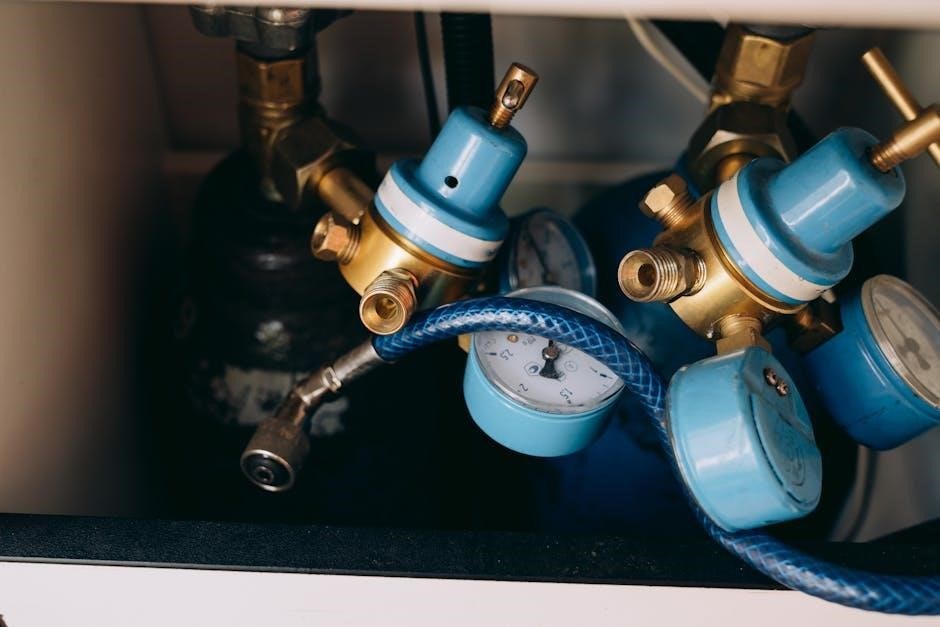
Where to Buy and How to Choose the Right Seller
When it comes to purchasing a guided sharpening system, selecting the right seller is crucial to ensure quality, reliability, and customer support. Online retailers like Amazon, BladeHQ, and Rockwell Blade offer a wide selection of guided sharpening systems, often with customer reviews and competitive pricing. Specialty knife stores and hardware retailers may also carry these systems, providing in-person demonstrations and expert advice. Additionally, purchasing directly from the manufacturer’s website can guarantee authenticity and warranty coverage.
- Reputation: Look for sellers with a proven track record of customer satisfaction and positive reviews.
- Warranty and Support: Ensure the seller offers a comprehensive warranty and reliable customer service.
- Return Policy: A flexible return policy is essential in case the system does not meet your expectations.
- Price Comparison: Research multiple sellers to find the best value for your money.
By choosing a reputable seller, you can confidently invest in a guided sharpening system that meets your needs and enhances your sharpening experience.
Understanding Sharpening Angles and Their Importance
Sharpening angles play a critical role in the effectiveness of a guided sharpening system. The angle at which a blade is sharpened determines its sharpness, durability, and overall performance. Different types of knives require specific angles to optimize their cutting abilities. For instance, straight-edge knives typically use angles between 20° and 30°, while serrated knives may require slightly different adjustments. Guided sharpening systems are designed to maintain consistent angles, ensuring precise edge geometry.
- The most common sharpening angles are 20°, 25°, and 30°, each suited for different blade types and uses.
- A smaller angle (e.g., 20°) creates a sharper but more delicate edge, ideal for precision tasks.
- A larger angle (e.g., 30°) results in a stronger edge, better for heavy-duty applications.
Understanding and maintaining the correct sharpening angle is essential for achieving optimal results. Guided systems simplify this process by providing pre-set or adjustable angle guides, reducing the risk of human error. Proper angle alignment ensures even wear on the blade and extends its lifespan. Whether for culinary, outdoor, or professional use, mastering sharpening angles is key to unlocking the full potential of your knives.

The Science Behind Sharpening: Understanding Edge Geometry
Edge geometry is the foundation of effective sharpening, playing a critical role in the performance and longevity of a blade. It refers to the precise shape and angles of the knife’s edge, which determine how it interacts with the material being cut. A well-defined edge geometry ensures optimal sharpness, durability, and resistance to wear.
The primary elements of edge geometry include the bevel angle, edge thickness, and the apex where the bevels meet. The bevel angle, typically ranging between 20° and 30° for most knives, directly impacts the blade’s sharpness and strength. A narrower angle produces a sharper edge, while a wider angle enhances durability. Guided sharpening systems are designed to maintain consistent angles, ensuring uniformity across the edge.
Edge thickness is another critical factor, as it affects the knife’s ability to withstand stress and maintain sharpness. Thinner edges are sharper but more prone to damage, while thicker edges are more durable but may require more force to cut. The apex geometry, where the two bevels meet, is the most critical point, as it is the cutting edge. A guided system helps maintain this geometry, ensuring the blade’s performance remains consistent over time.
Understanding edge geometry is essential for achieving optimal results, as it directly influences the knife’s functionality and lifespan.
Troubleshooting Common Issues with Guided Systems
Guided sharpening systems are generally reliable, but like any tool, they can encounter issues. One common problem is blade misalignment, which can occur if the guides are not calibrated properly. To fix this, ensure the system is set up on a level surface and recalibrate the angle guides according to the manufacturer’s instructions.
- Inconsistent sharpening results: This often happens due to uneven pressure or incorrect angle settings. Always maintain consistent pressure and double-check the angle adjustments before sharpening.
- Slow edge formation: Dull or worn-out sharpening stones can cause this issue. Replace the stones regularly and clean them after each use to maintain their effectiveness.
- System wear and tear: Over time, moving parts may become loose or misaligned. Inspect the system periodically and tighten any loose components to ensure smooth operation.
By addressing these common issues promptly, users can extend the lifespan of their guided sharpening system and maintain optimal performance. Regular maintenance and proper usage are key to avoiding most problems.
The future of knife sharpening technology is undoubtedly poised for innovation and growth, with guided sharpening systems leading the charge. These systems have revolutionized the way we maintain and sharpen blades, offering precision, consistency, and ease of use that traditional methods often lack. As technology advances, we can expect even more sophisticated designs, such as automated angle adjustment, smarter sharpening cycles, and materials tailored for specific blade types.
The integration of guided systems into both professional and home kitchens highlights their versatility and broad appeal. Their ability to deliver professional-grade results with minimal effort makes them a staple for chefs, outdoor enthusiasts, and homeowners alike. Moreover, the emphasis on sustainability—reducing waste and extending the life of knives—aligns with modern eco-conscious values.
As the industry evolves, guided sharpening systems will continue to set new standards for efficiency and performance. Whether through improved ergonomics, advanced sharpening phases, or integration with smart home technology, the future promises even greater convenience and effectiveness. For anyone looking to elevate their sharpening game, guided systems are not just a tool but an investment in the future of knife care.
